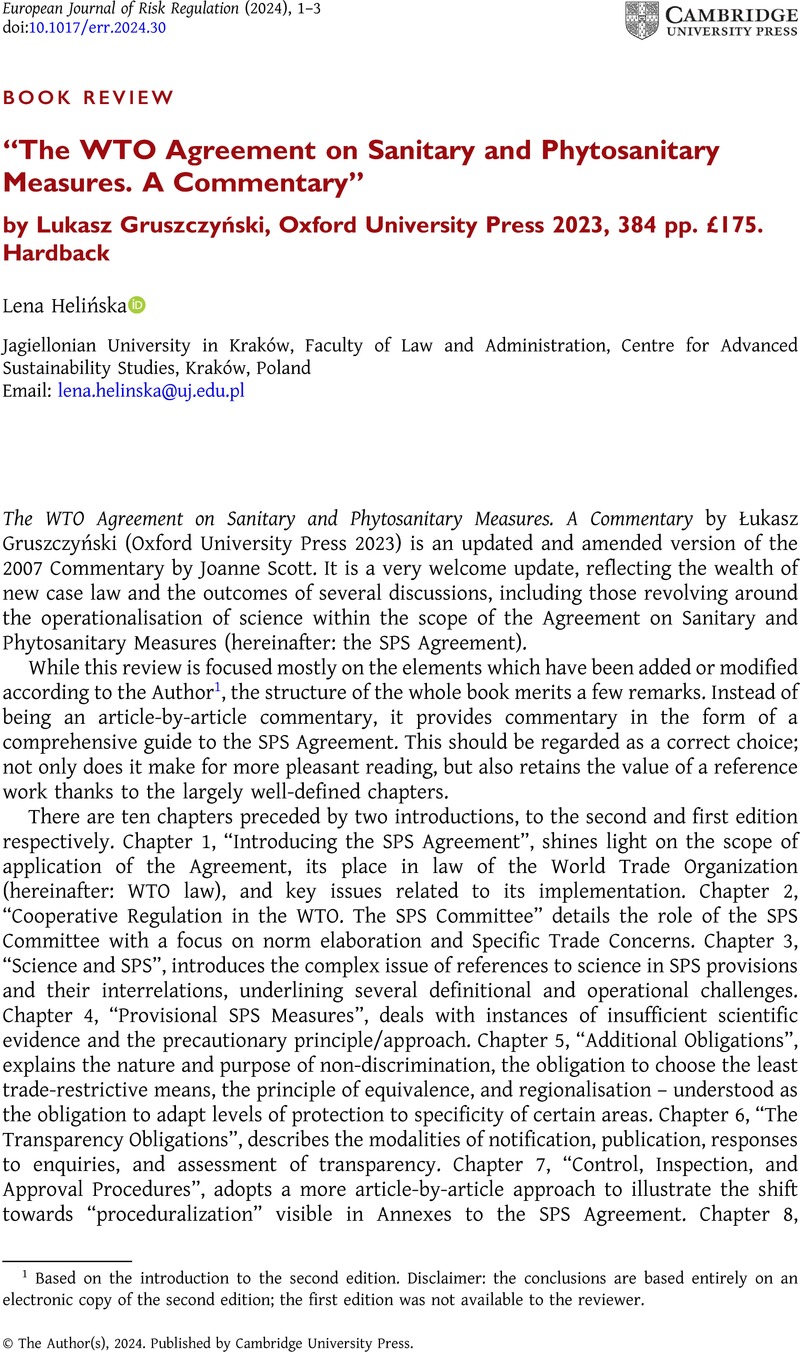No CrossRef data available.
Published online by Cambridge University Press: 15 May 2024

1 Based on the introduction to the second edition. Disclaimer: the conclusions are based entirely on an electronic copy of the second edition; the first edition was not available to the reviewer.